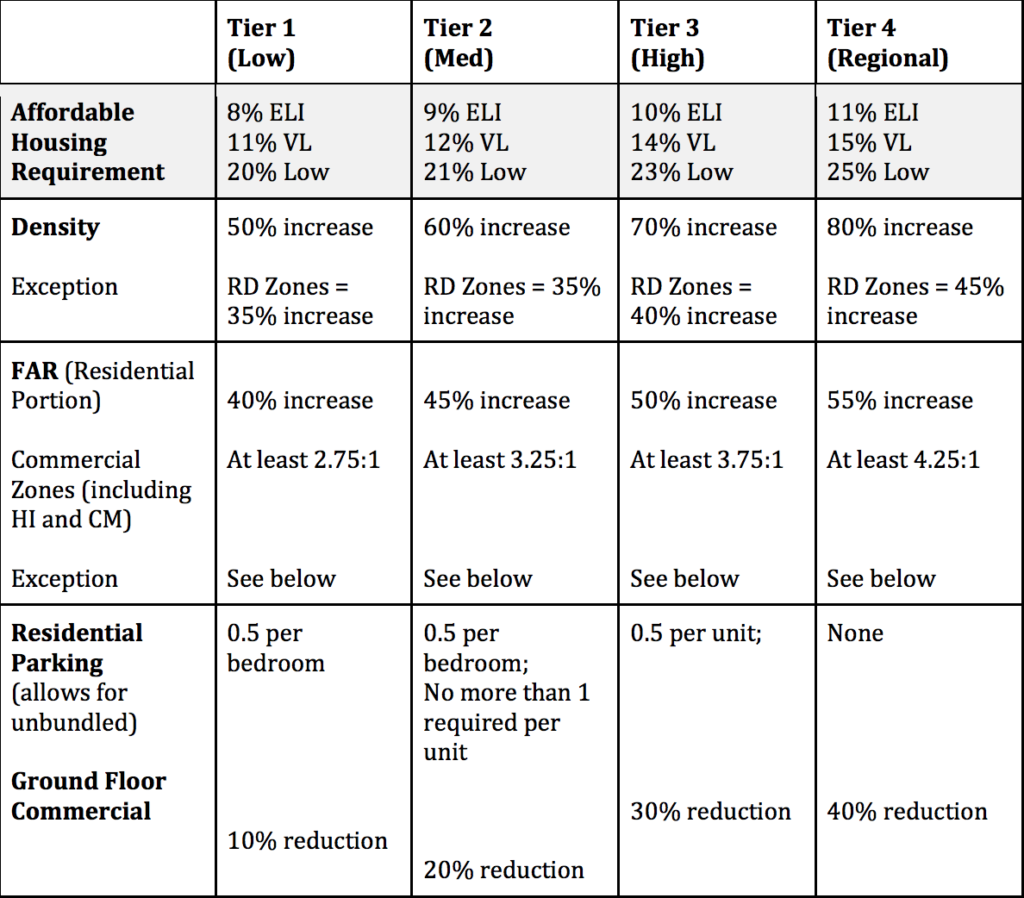It’s still less than four years old, but Los Angeles’ sweeping Transit-Oriented Communities Incentive Program has already led to the addition of thousands of badly needed affordable units to the city’s pipeline.
Sign up now to get our Daily Breaking News Alerts
Through September, the TOC program has produced over 32,000 units, more than 7,000 of which are affordable, and it didn’t slow down much in 2020 despite the pandemic and accompanying recession. In the first three quarters of last year alone, the city planning department approved 1,342 affordable units after approving 1,786 in all of 2019, according to the planning department’s Housing Progress Dashboard.
The program itself is the product of Measure JJJ. Passed by about 65 percent of Los Angeles city voters in 2016, the ballot measure changed Los Angeles Municipal Code to include the TOC program, which offers developers a mix of incentives for building mixed-income housing within half a mile of a major transit stop. What incentives are available depends on which of four tiers a project falls into, with the tiers divided by proximity to transit and requiring increasing levels or percentages of affordability.

Projects within 750 feet of the intersection of a regional rail line or Rapid Bus station fall into Tier 4, and are afforded a variety of incentives for setting aside either 25 percent of units for low-income households, 15 percent for very low-income households, or 11 percent for extremely low-income households. At the other end of the spectrum, projects within 2,640 feet of two regular bus lines fall into Tier 1, and are afforded less generous incentives for having 20-percent low-income units, 11-percent very low-income units, or 8-percent extremely low-income units.
Those incentives, which include boosts in density, or number of units allowed, and reductions in required parking, have resulted in tens of thousands of market-rate and thousands of affordable units. Though qualifying projects can receive the above incentives by-right (without City Planning review), developers can also secure additional incentives like height increases through planning department review, which many TOC project developers have opted to do.
Through last summer, the city had approved almost 16,000 units through discretionary review, with about 3,500 of those units, or about 24 percent, being affordable. Since the program’s inception, the vast majority of proposed and approved TOC projects have set aside units for low or extremely low income levels, which by definition are 80 percent or below of area median income, or 30 percent or below of area median income, respectively. By September, 46 percent of proposed TOC affordable units were for extremely low incomes and 40 percent for low incomes.
According to the city’s housing dashboard, TOC activity also varies significantly by neighborhood, with the most units proposed within the Wilshire and Westlake specific plan areas. Almost 8,000 units have been proposed for the former, with 17 percent of them pitched as affordable, while almost 3,000 units have been proposed for the Westlake area, with 32 percent affordable.





